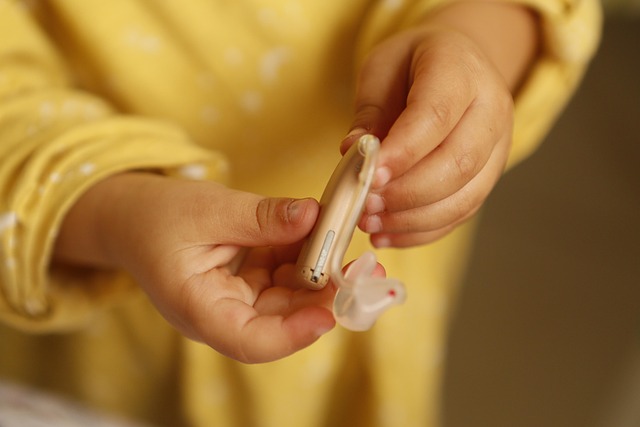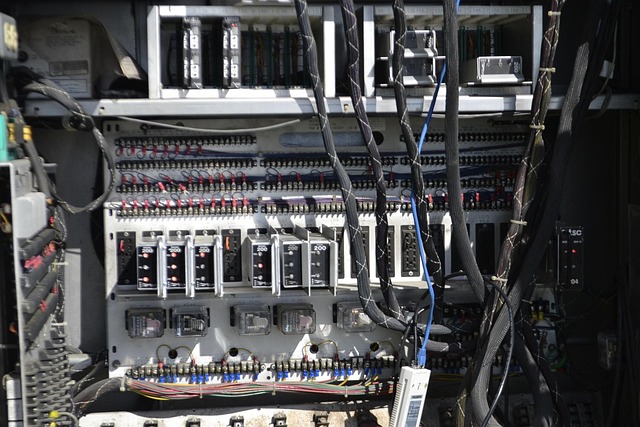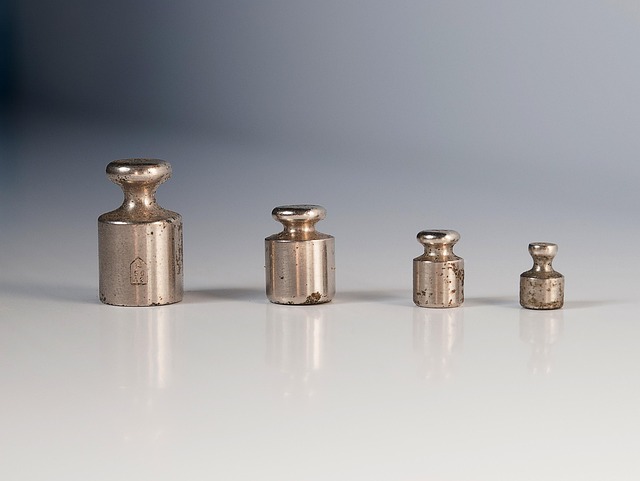The realm of technology has always been about pushing boundaries and redefining experiences. Among the most exciting advancements is the integration of haptic devices into our virtual interactions. These devices open up a world where the tactile sensations enhance the way we engage with the digital universe, creating an immersive experience unlike any other.
Virtual Reality: Touching the Impossible
Imagine donning a VR headset and finding yourself in a lifelike environment, where you can feel the weight of a virtual object or the impact of a virtual explosion. This is where haptic devices truly shine. With technology that translates digital interactions into physical sensations, users can actually feel the textures, vibrations, and movements within a virtual space. This blurring of lines between the real and the virtual not only enhances gameplay but revolutionizes training simulations, allowing professionals to practice and hone their skills in a risk-free environment.
Augmented Reality: Bridging the Physical and Digital
As we step into the world of augmented reality, the potential of haptic devices continues to expand. Picture a scenario where you’re not just viewing a digital overlay on your surroundings, but also feeling it. Whether it’s the rumble of a digital creature or the sensitivity of an object you’re manipulating in your physical space, these devices allow us to interact with this augmented layer in ways that were previously unimaginable. This tactile feedback provides context and depth, making the interaction feel organic rather than artificial.
The Metaverse: The Future of Interaction
The concept of the metaverse is gaining traction as a virtual environment where people can socialize, work, and play. Integrating haptic devices within this expansive digital landscape is essential for creating a truly engaging experience. Imagine attending a virtual concert where you not only see the performance but also feel the bass reverberating through your body or participate in dynamic real estate transactions where the sensation of cold metal is conveyed as you inspect a digital building. The tactile sensations brought by these devices will be pivotal in how we connect and interact in the metaverse, transforming our expectations of virtual spaces.
As we venture deeper into these digital worlds, the evolution of haptic devices will be instrumental in shaping our experiences. From gaming to professional training or social interactions within the metaverse, the ability to physically feel and interact with digital elements will redefine our understanding of what technology can offer. As hardware continues to advance, so too will the ways we connect with both the augmented and virtual realms, making the future not just seen but felt.




